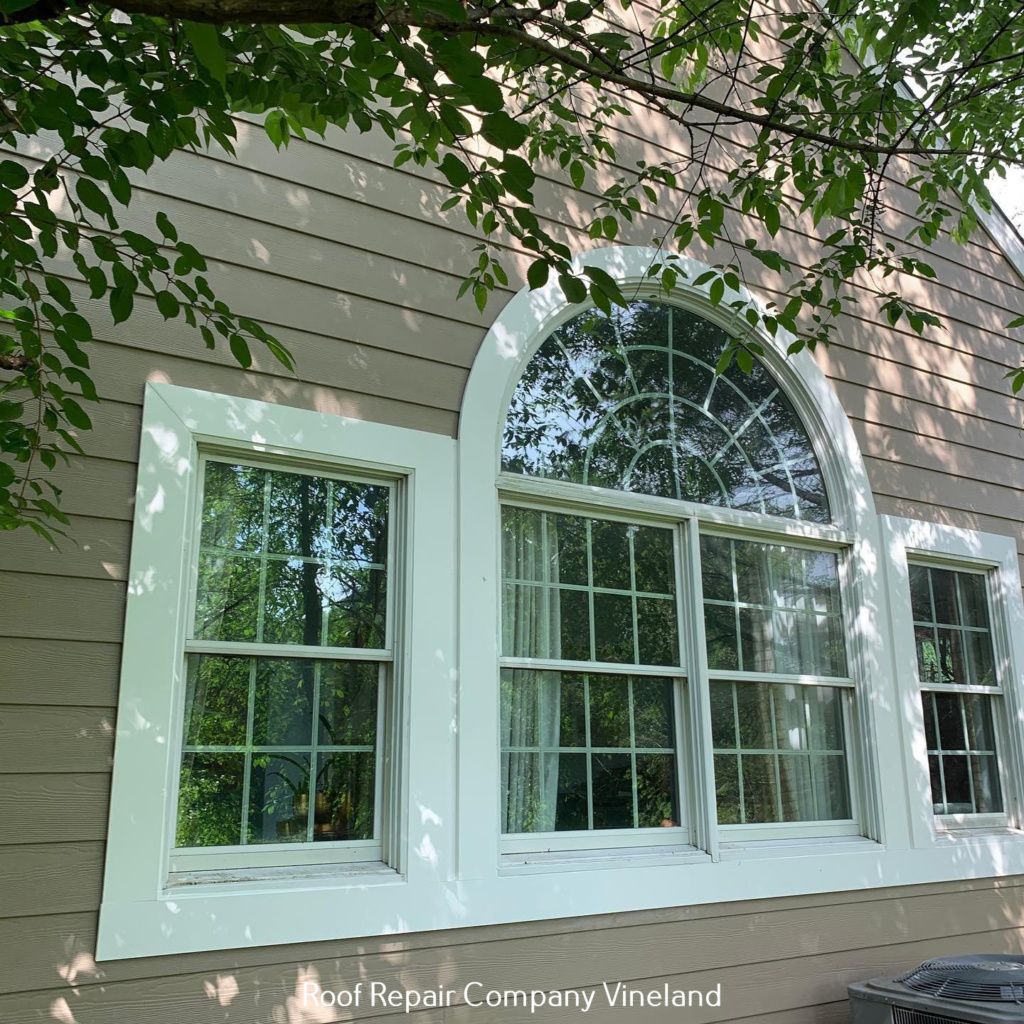Nestled amidst the quaint streets of Vineland, New Jersey, The Palace of Depression is a testament to one man’s eccentric vision and indomitable spirit. Built during the Great Depression by the enigmatic George Daynor, this whimsical structure defies convention and captivates the imagination of all who encounter it. Information can be found here.
Constructed primarily from recycled materials such as old car parts, tires, and discarded lumber, The Palace of Depression is a fascinating example of outsider art and architectural ingenuity. Despite its humble origins, the structure exudes a quirky charm and otherworldly aura, making it a beloved landmark in the Vineland community. See here for information about Rediscovering History and Culture at The Landis Theater in Vineland, NJ.

Initially conceived by Daynor as a testament to his belief in self-reliance and resourcefulness, The Palace of Depression served as both a personal residence and a roadside attraction for curious visitors. Over the years, the structure evolved to include additional whimsical features such as a chapel, a museum, and a “million dollar” staircase adorned with seashells and bottle caps.
Although The Palace of Depression fell into disrepair following Daynor’s death in 1964, local enthusiasts meticulously restored and preserved it in the late 20th century. Today, the site serves as a museum and historical landmark, offering guided tours and educational programs that illuminate its fascinating history and cultural significance.
Visitors to The Palace of Depression are transported back to an era of hardship and resilience, where creativity and resourcefulness flourished in the face of adversity. The structure’s eclectic architecture, whimsical decorations, and eccentric backstory make it a must-see destination for history buffs, architecture enthusiasts, and curious travelers alike.
As one of Vineland’s most unique and iconic landmarks, The Palace of Depression inspires wonder and fascination among those exploring its hallowed halls. Whether marveling at its unconventional design, learning about its colorful history, or simply soaking in its offbeat charm, visitors are sure to leave with a newfound appreciation for the resilience of the human spirit and the power of creativity to transcend hardship.



